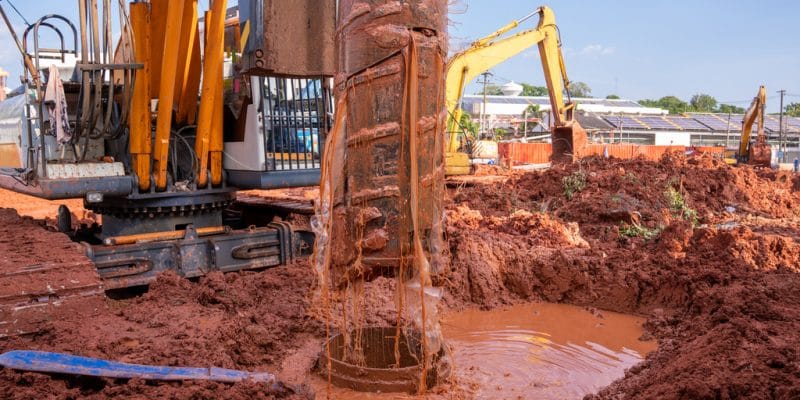In Namibia, drought is causing huge quantities of fresh water to evaporate. This situation affects agricultural production, livestock farming and the supply of drinking water to the population. The challenge today is to preserve the resource. The approach chosen by the Namibian government is isotope hydrology, developed by the International Atomic Energy Agency (IAEA).
To determine the origin, age, movement and quantity of freshwater in Namibia in 2021. This is the new mission of the International Atomic Energy Agency (IAEA). To provide all this information to the Namibian government, the agency will rely on isotope hydrology techniques. “To assess potential groundwater resources, it is also necessary to be able to estimate the rate of groundwater recharge. Given the low rainfall in arid regions, estimates of recharge rates using traditional hydrological methods are subject to considerable error and it may not even be possible to tell whether the groundwater is being replenished,” says the IAEA.
What is isotope hydrology?
The IAEA is clear. Each body of water is naturally marked by a unique isotopic signature. Using a laser spectroscopic analyser, the agency’s experts will examine samples of collected freshwater and interpret them according to the stable isotopes present in each water molecule. One of the tracers in the water is carbon-14 (14C). This is a radioactive isotope commonly used to date fossils and archaeological specimens. According to the IAEA, by measuring the 14C content of water samples, scientists can estimate the age of groundwater up to 40 000 years. Other isotopes, such as tritium, deuterium and oxygen-18, are also used to collect data on the groundwater resource.
Read Also – AFRICA: water, at the heart of the continent’s environmental challenges
The challenge is also to study the distribution of rainfall to assess the impact of drought in each area and each reality,” explains Ioannis Matiatos, an isotope hydrologist at the IAEA. In Namibia, a country with an arid climate, the phenomenon is not new, but in recent years the drought has worsened due to rising temperatures, drying up essential water points for agriculture, livestock and human consumption.
Inès Magoum






